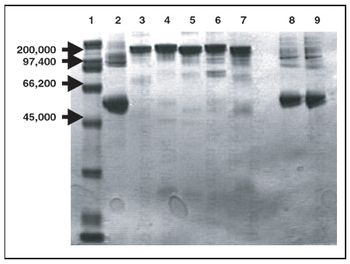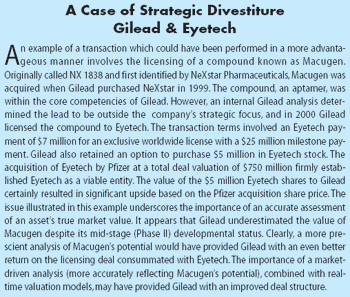
Reading about the sophisticated advances in biotechnology is now a common, enlightening occurrence. But the field certainly has taken its lumps over the past three decades, creating doubts in the minds of investors and periodically striking fear in the hearts of the public. Take the late-night sci-fi thriller I awoke to one evening, where an army of diseased and highly intelligent rats was infiltrating a stalled subway car filled with terrified passengers. Of course, the animals were sick, smart, and reproducing offspring with similar attributes because of an experiment-gone-awry in a biotech lab — they'd been treated with some kind of therapeutic grown in a rare plant — which was now abandoned after its occupants received one too many warning letters from "a regulatory agency." THAT woke me up real fast.












